Aerospace
LiFi
For 'plug and play' wireless integration of a payload

For 'plug and play' wireless integration of a payload
Aerospace is a constantly evolving field of transport that thrives on technological innovation to improve aircraft designs. Sophisticated aerospace engineering brings forth many benefits, both for the production companies and passengers involved. Whether it is a space exploration satellite or a carrier aircraft; fuel-saving, lighter weight, sturdier design, faster production, and reliable in-built communication systems are highly sought after in the aerospace arena. LiFi technology is an innovation whose integration can improve all these areas of aircraft functionality. Every spacecraft needs high-speed date transmission and real-time communication with no latency, but the advantages of LiFi technology don’t just end here. In fact, they are just beginning to be explored in new industry settings now. As R&D and customization potentials grow, LiFi internet is bound to make air travel smoother, faster, and more economical.

Advantages of LiFi for Aerospace
Weight savings and faster integration for significant cost savings
Speed
The defense sector is characteristically high-risk and time-sensitive. Reliance on traditional internet to carry out defense-related communications comes at a cost, as WiFi is prone to interception, lags, and slower speeds in many locations. LiFi can be the perfect solution for the military internet because of features such as high speed, quick deployment, simple installation process, and cost efficiency. Operations in defense are highly dynamic and rapid technological adaptation is needed to stay on track with military missions. LiFi Internet for the military can save considerable time on installation and uninstallation of the network, as well as reduce the logistical impact of establishing a secure communication channel. Moreover, the data transfer speed of LiFi internet is more than 100 times higher than military WiFi, giving it the name speed-of-light internet. LiFi can become an asset for carrying out fast-paced defense operations around the globe.
Security
Security is a top priority for most defense-related projects, as the military internet is frequently used for secret communication. Unreliable connections prone to interception can prove risky for military operations that depend on tight security to carry out their strategies. This is where LiFi comes to the rescue by working on light-based signals that are impossible to hack. LiFi internet depends on the inherent security of visible light communication to maintain high security of a network. Light signals do not interfere with traditional radio signals and cannot pass through walls. This creates a physical layer of security as only the devices in a designated coverage zone can access light internet. In addition to leveraging the characteristic features of light signals, our products use LiFi manager software for log management, and a captive portal to offer maximum privacy to military networks.
Energy Efficiency
Military internet needs to establish secure connections with many devices and machines in order to run a complex set of defense operations. In this scenario, an energy-efficient network can greatly reduce the power load on electrical connections deployed on-site. LiFi technology often uses LED lights for data transmission. These are energy-efficient light sources that can be used for a dual purpose, i.e. illumination and communication. This feature results in making LiFi more environment-friendly and cost-effective by cutting down on power use. Moreover, LiFi is faster and simpler to deploy, as it can be installed without disturbing the existing infrastructure. This reduces carbon emissions as there is no need to install wiring or additional hardware to make LiFi internet effective.
Mobility
LiFi technology is highly suitable for dynamic environments where users must move around a lot. LiFi in the military can save time and improve mobility of operations by replacing heavy cables which are indispensable for the traditional internet system. These cables are difficult to transport, tedious to install, and hinder the mobility of military stations. In contrast, LiFi internet is agile and easy setup, as it can maintain system connectivity with just a simple receptor and data-transmitting light source. With saved time of installation and simplified connectivity, LiFi for the military can power real-time activities such as navigation, machine tracking, and point-to-point communication between operation posts. So, a mobile military LiFi will improve all military operations with increased precision and reliability.
Performance
When it comes to performance, the Internet for military operations works better on light signals. In comparison to traditional military Wifi, Lifi does not rely on the over-crowded radio frequency spectrum to transmit data. This allows LiFi internet to avoid interference and stay stable even in highly dense or crowded environments. Light signals have better stability and lower latency than Wifi. This makes LiFi a superior Wifi alternative for military operations that need higher-than-average connection security and bandwidth to be a success.
Performance
When it comes to performance, the Internet for military operations works better on light signals. In comparison to traditional military Wifi, Lifi does not rely on the over-crowded radio frequency spectrum to transmit data. This allows LiFi internet to avoid interference and stay stable even in highly dense or crowded environments. Light signals have better stability and lower latency than Wifi. This makes LiFi a superior Wifi alternative for military operations that need higher-than-average connection security and bandwidth to be a success.
LiFi Technology for Aerospace FAQs
What is LiFi technology and how does it contribute to aerospace communications?
LiFi technology, also known as light fidelity or Li-fi, utilizes free space optical communication to transmit data through light signals. In aerospace communications, LiFi provides a lightweight and efficient alternative to traditional wired connections. The adoption of LiFi Internet in spacecrafts leads to significant weight savings, reduced installation time, and enhanced reliability, ultimately contributing to a more streamlined and cost-effective aerospace industry.
How does LiFi technology impact the weight and cost of aerospace systems, and what is its role in space transmission?
LiFi technology significantly reduces the weight of aerospace systems by eliminating the need for heavy cables and extensive wiring. The use of free space optics in LiFi communication systems results in weight savings of up to 500 kg in aircraft like the Boeing 777. This lightweight connectivity not only leads to cost reduction but also simplifies the installation process, making space transmission more efficient and quicker. LiFi’s reliance on light frequency signals minimizes the physical infrastructure required, contributing to reduced development and integration time.
How does LiFi technology contribute to the simplified engineering of aircraft, and what are the environmental benefits?
LiFi technology simplifies aerospace engineering by offering a quick and simple installation process. With minimal physical infrastructure required, engineers can focus on other aspects of aircraft design, such as improving balance, speed, and passenger comfort. The simplified design leads to long-term cost savings, reduced maintenance requirements, and increased production volume of future spacecraft. Additionally, LiFi Internet’s environment-friendly characteristics, such as reduced carbon emissions and energy-efficient LED lights, make it a sustainable choice for aerospace communications.
How does LiFi-based aerospace communication enhance passenger comfort and security during air travel?
LiFi-based aerospace communications provide high bandwidth, low latency connections that are ideal for offering internet on aircraft. Unlike traditional radio wave-dependent systems, LiFi connections are not susceptible to interference or interceptions. This results in uninterrupted connectivity for passengers throughout the flight, enabling them to stay connected with family, friends, work, and entertainment. LiFi’s improved security features and energy efficiency contribute to a healthier cabin environment by reducing passengers’ exposure to radio waves.
What advantages does LiFi technology offer in terms of reducing installation time and testing for satellites and other aerospace structures?
LiFi technology revolutionizes the installation and testing process for aerospace structures by offering quick and simple deployment. Since LiFi communication relies on light frequency signals, it eliminates the need for traditional cables and equipment, reducing crowding in aircraft infrastructure. This not only saves considerable time for engineering companies but also frees up space for accommodating passengers, cargo, or safety devices. The minimized installation hassles improve construction efficiency, leading to reduced satellite installation and testing time and a faster time-to-market rate for aerospace structures.
What are the challenges associated with free space optical communication, and what are the mitigation techniques to address these challenges in aerospace applications?
Free space optical communication faces challenges such as atmospheric interference and alignment issues. Mitigation involves adaptive optics, advanced tracking systems, encryption for security, and incorporating relay stations to address line-of-sight limitations.
Use cases
Aerospace LiFi
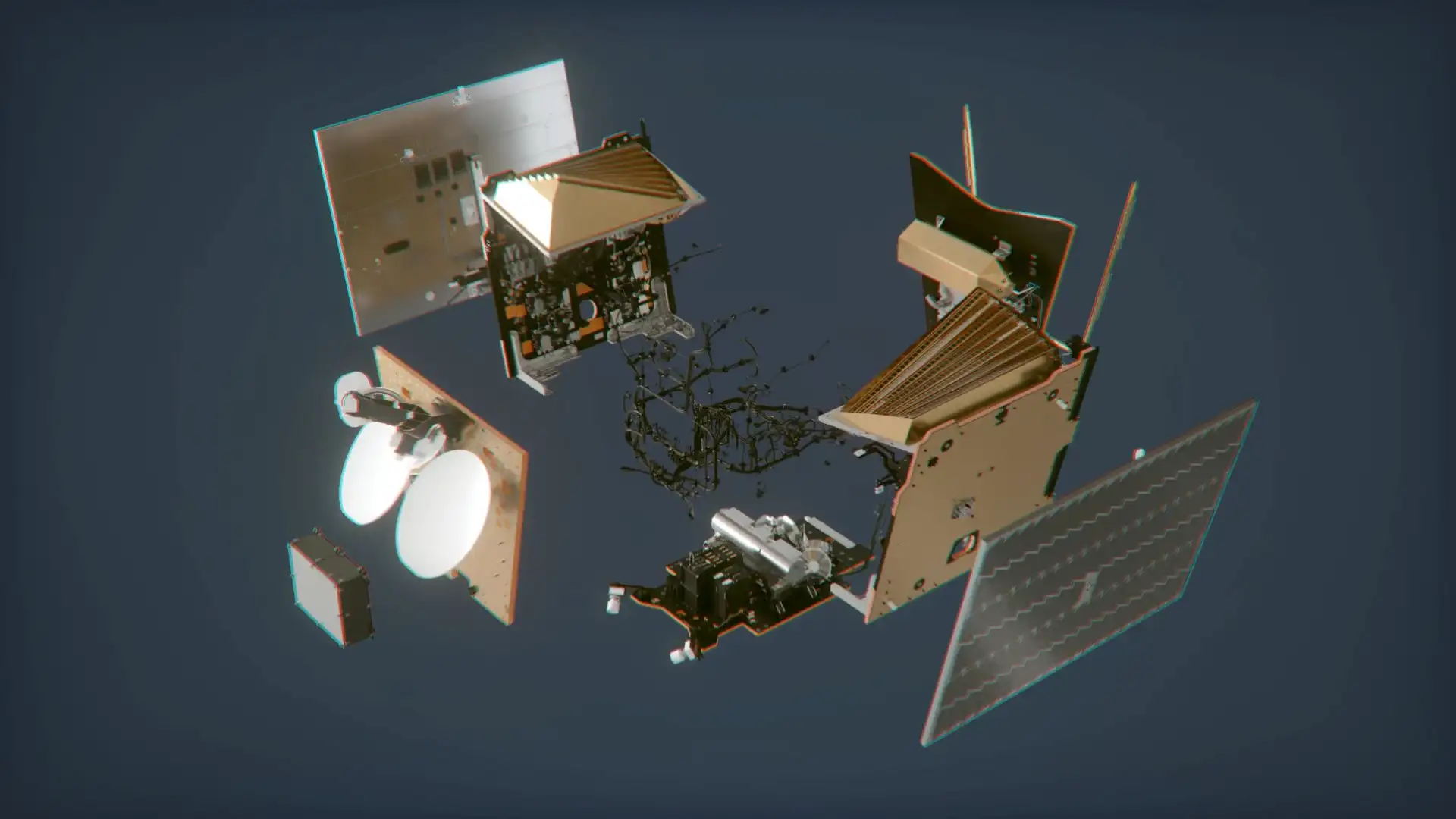
Replacement of data cables in a satellite, a launcher or an aircraft
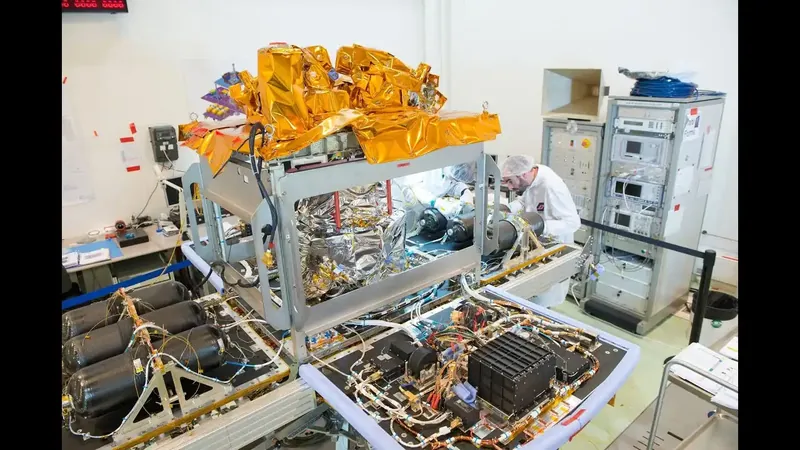
Cable replacement in satellite test facilities (AIT: Assembly, Integration, Testing)
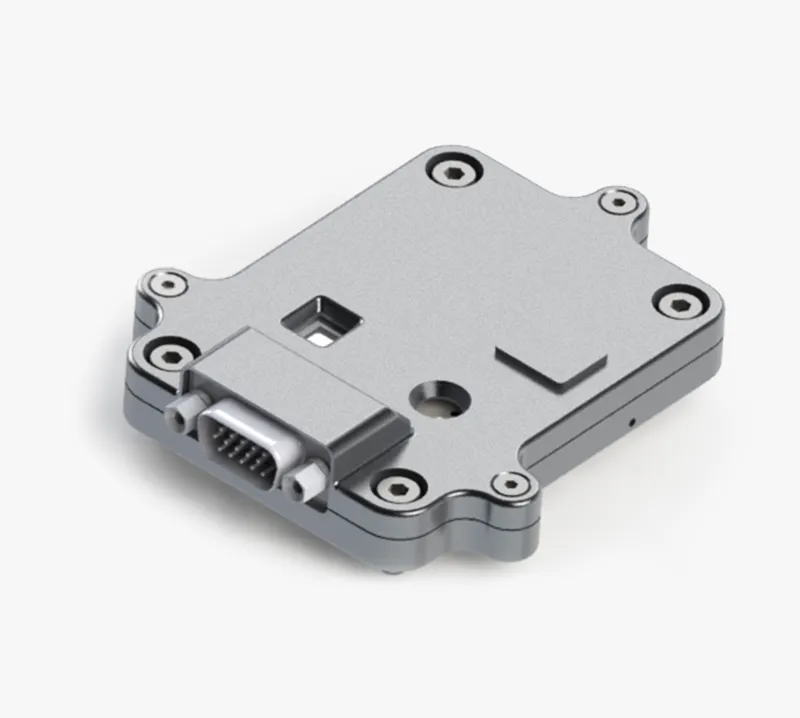
Integration of a payload in a satellite, whether it is inside or outside the satellite

Secure wireless communication within an aircraft, in the cockpit or cabin
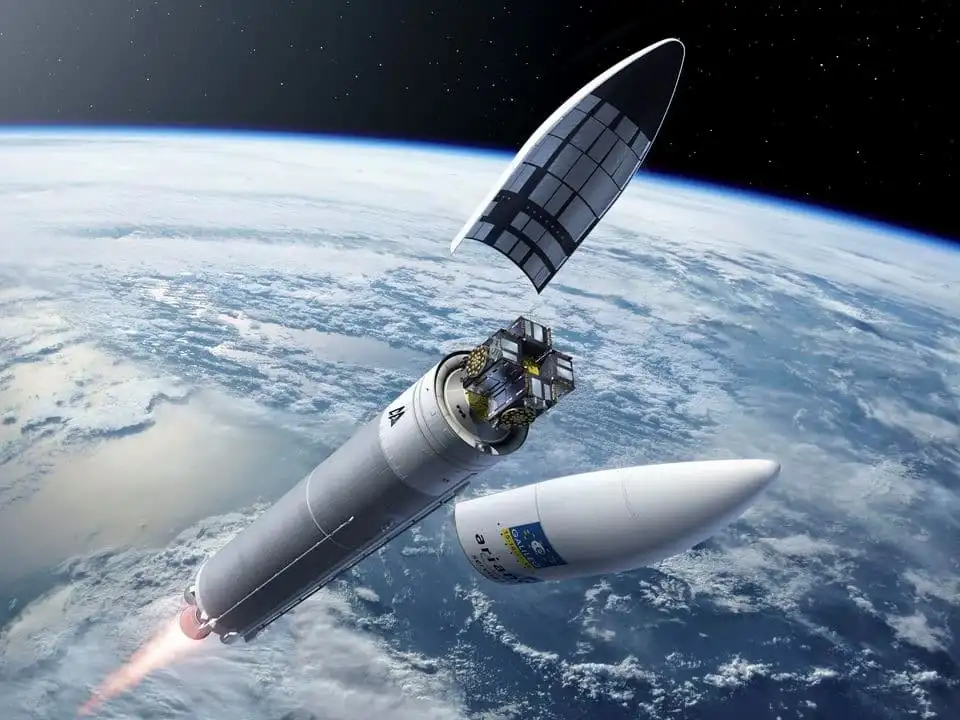
Communications within a launcher between the different stages, between the launcher and the satellites they carry or between the launcher and the ground
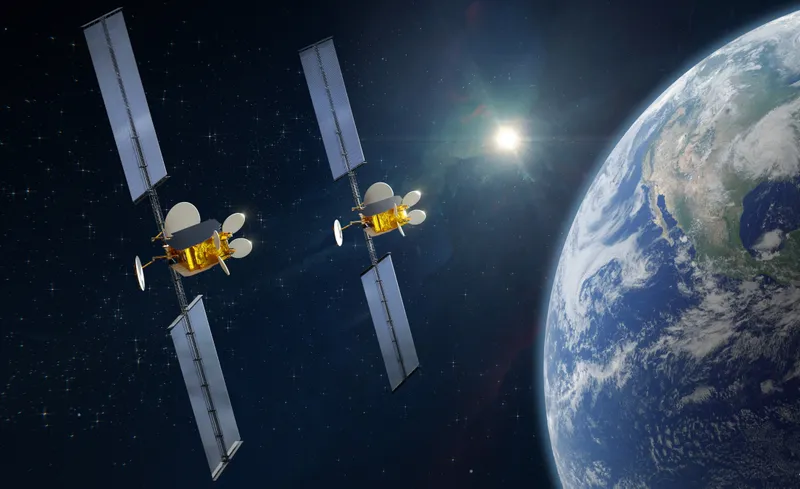
Space rendez-vous
Our products
satellife
The SatelLiFe range will be launched and tested on several space flights in 2023.
They're talking about us
Testimonials
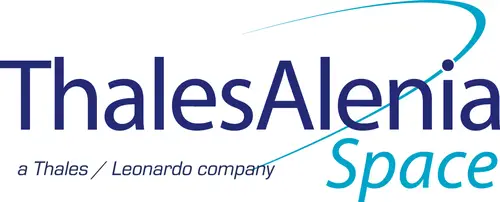

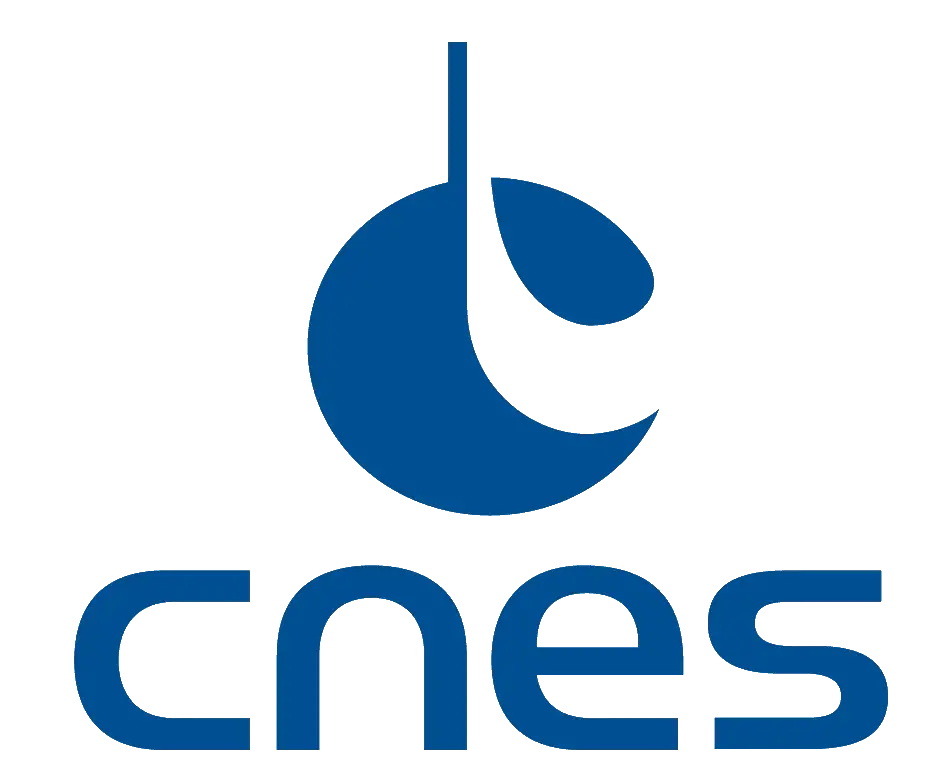

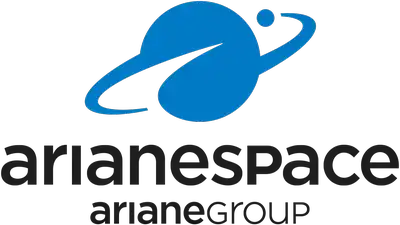

We would love to talk to you!
Fill out the form via the link below and a member of our team will respond as soon as possible.
Home > Space